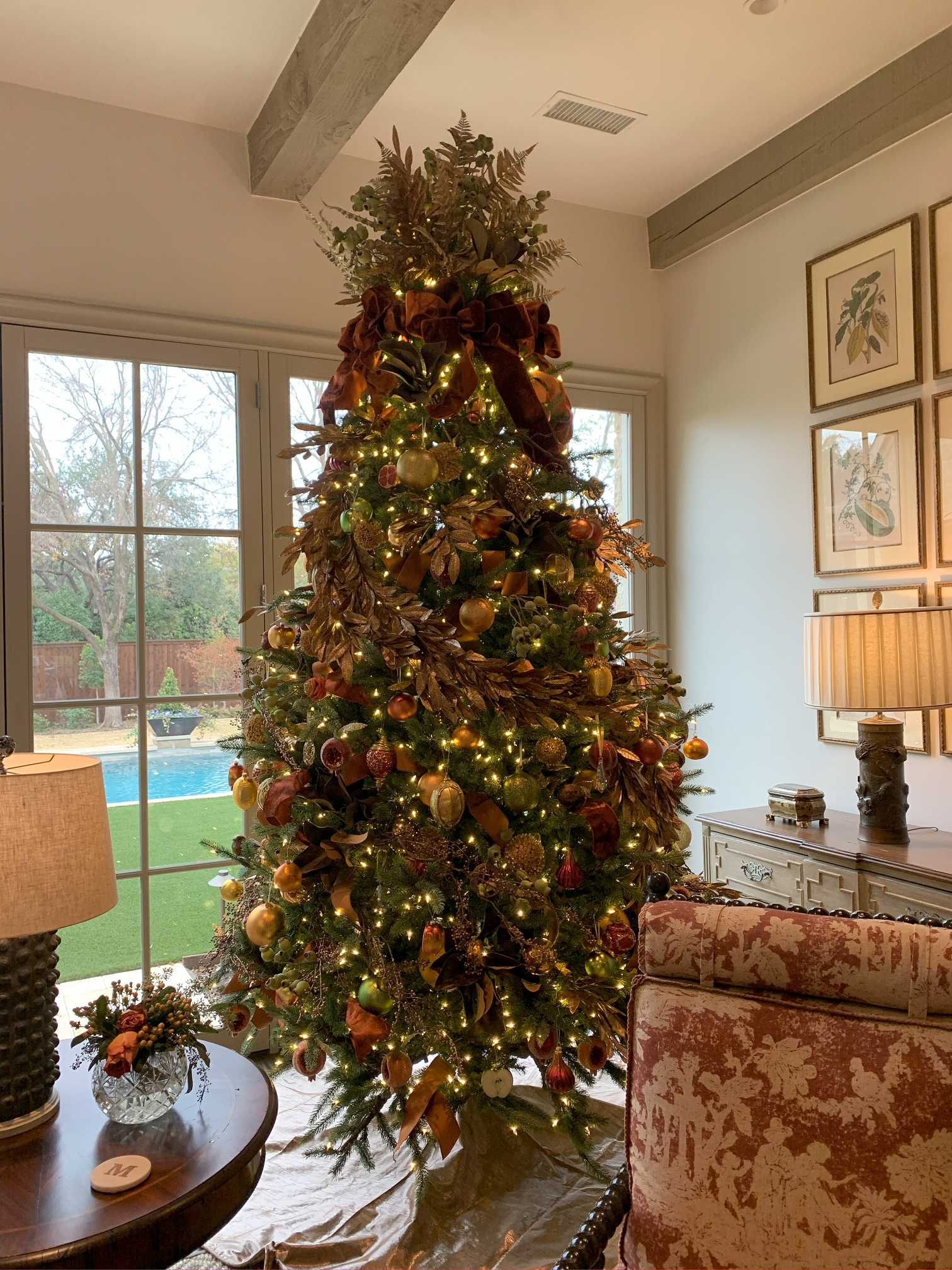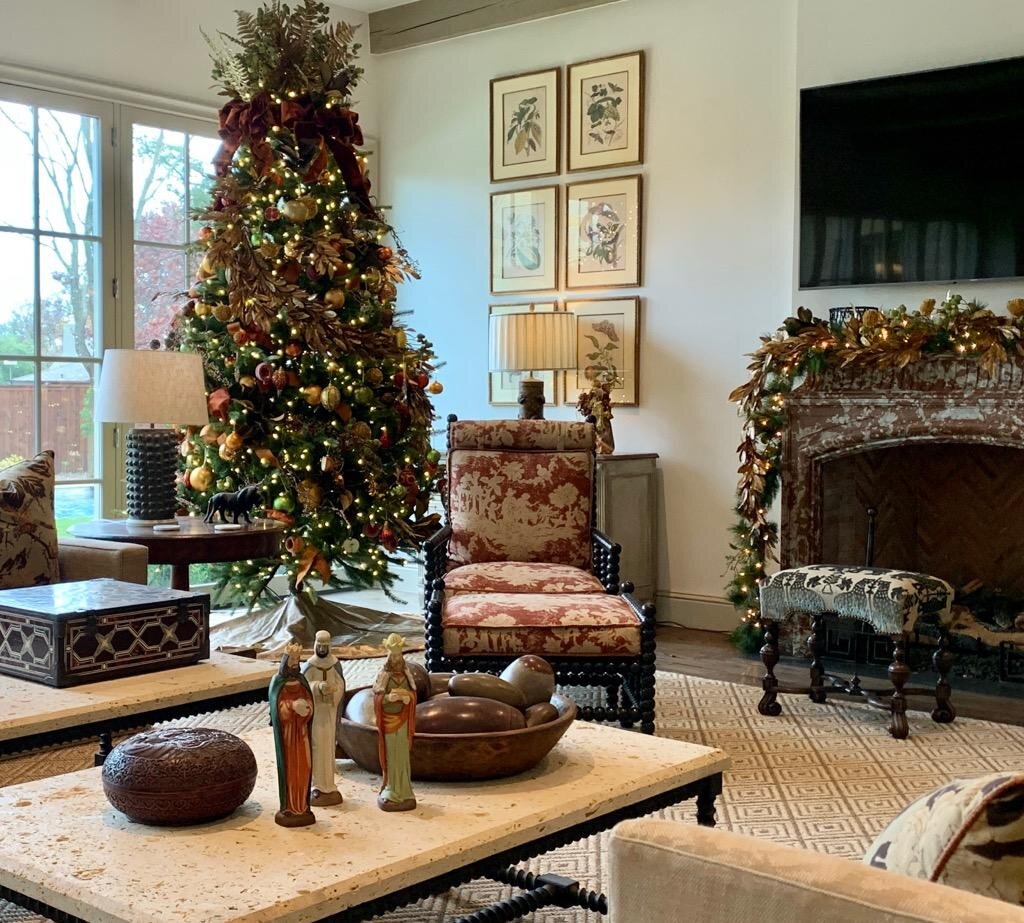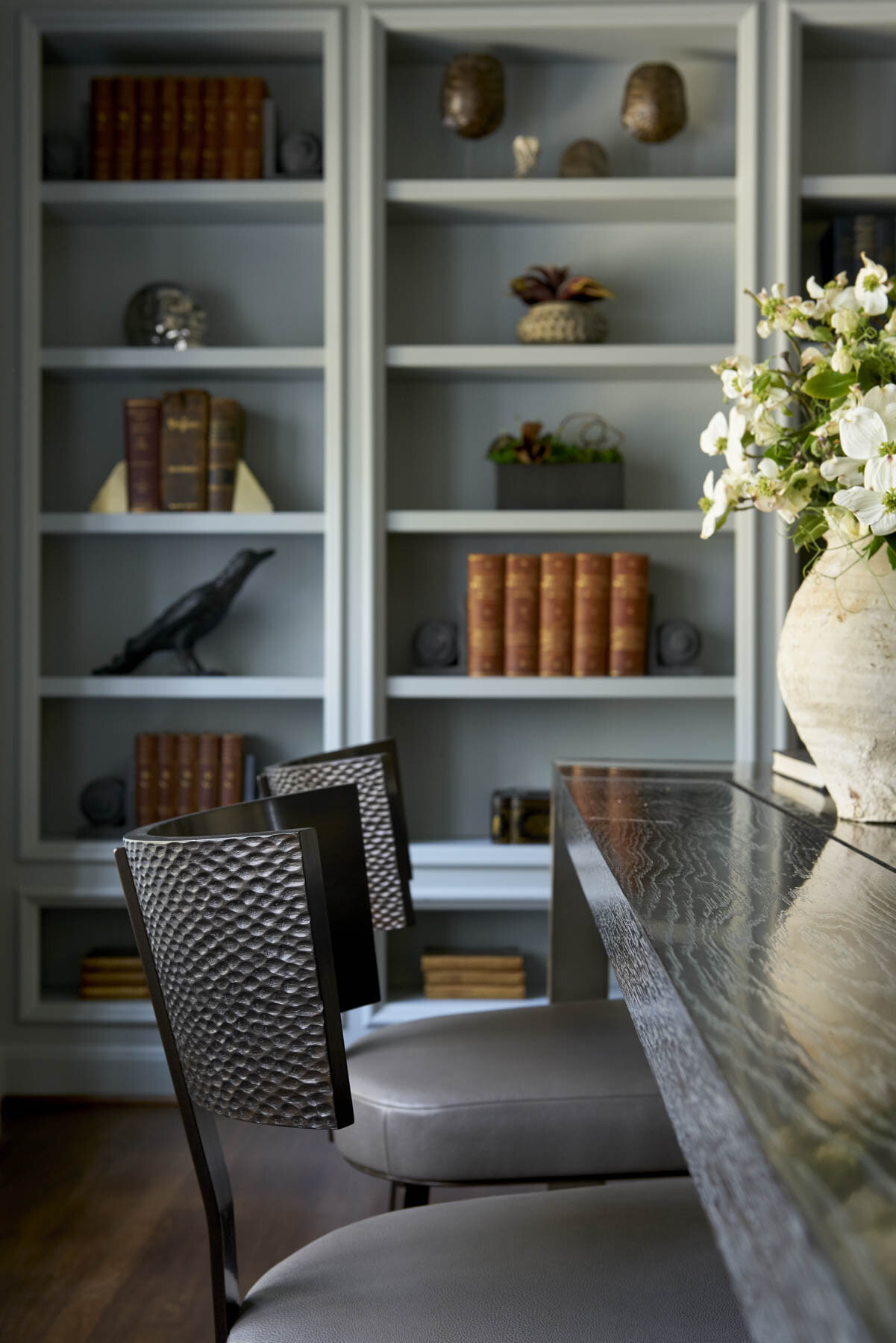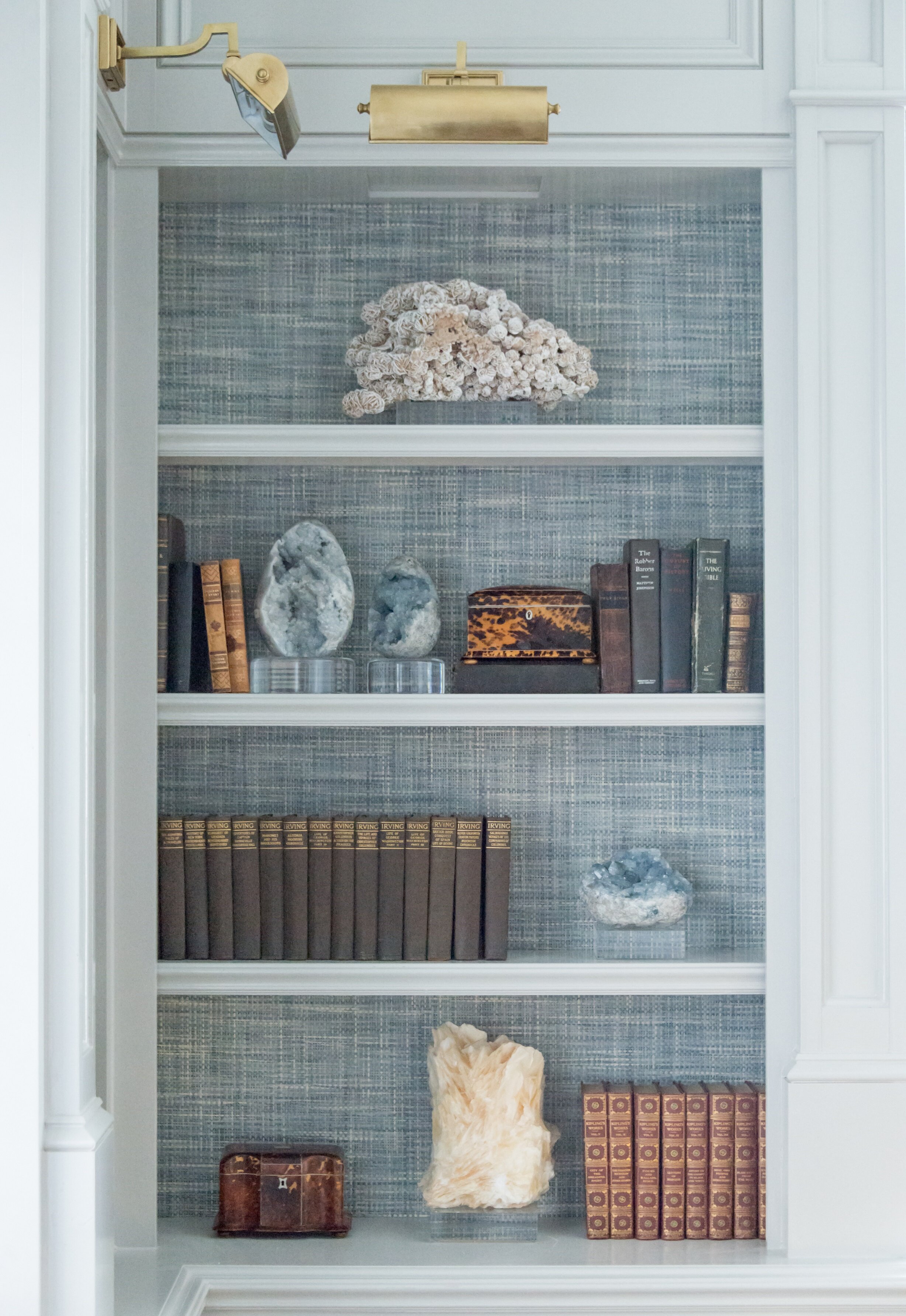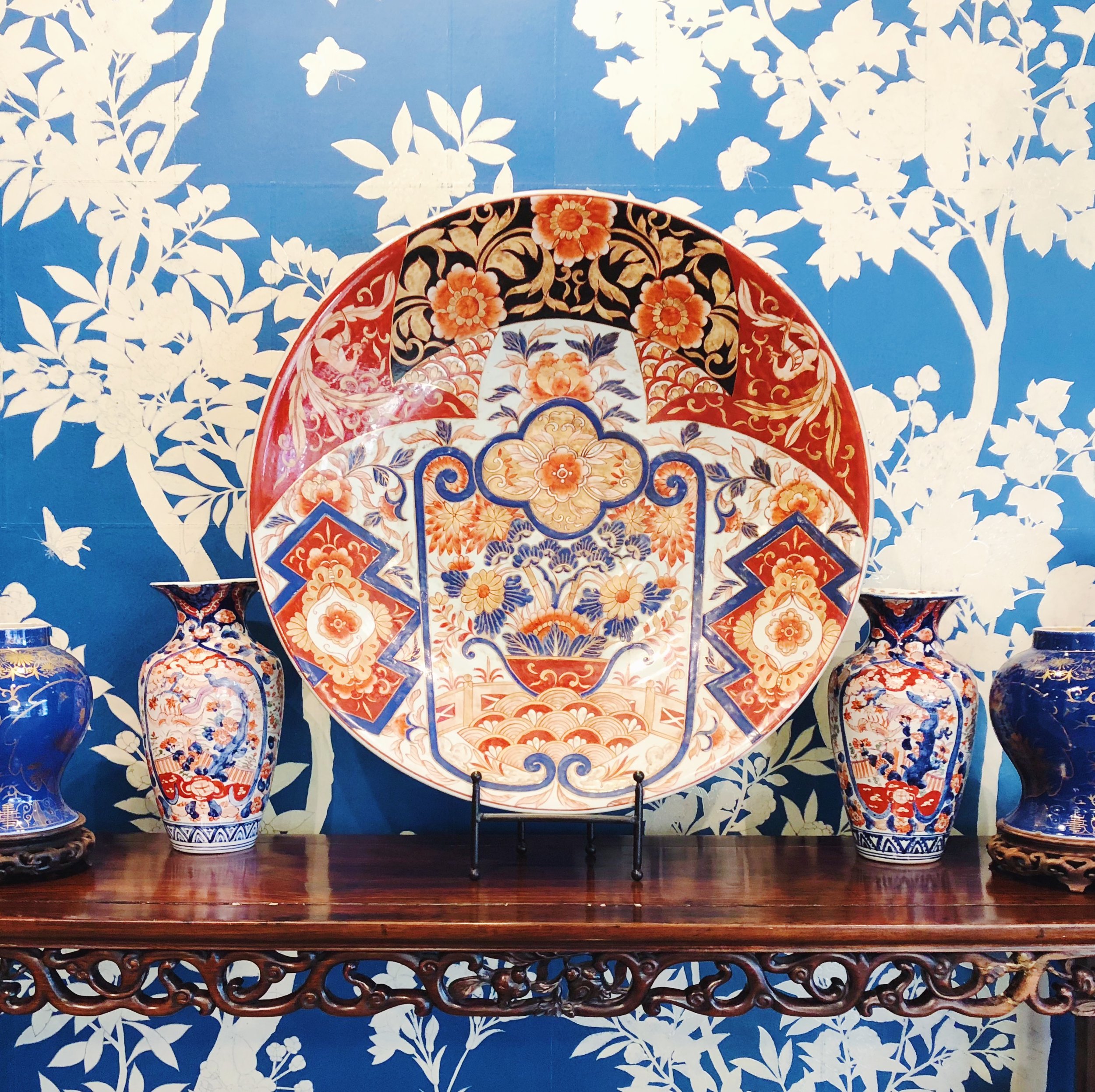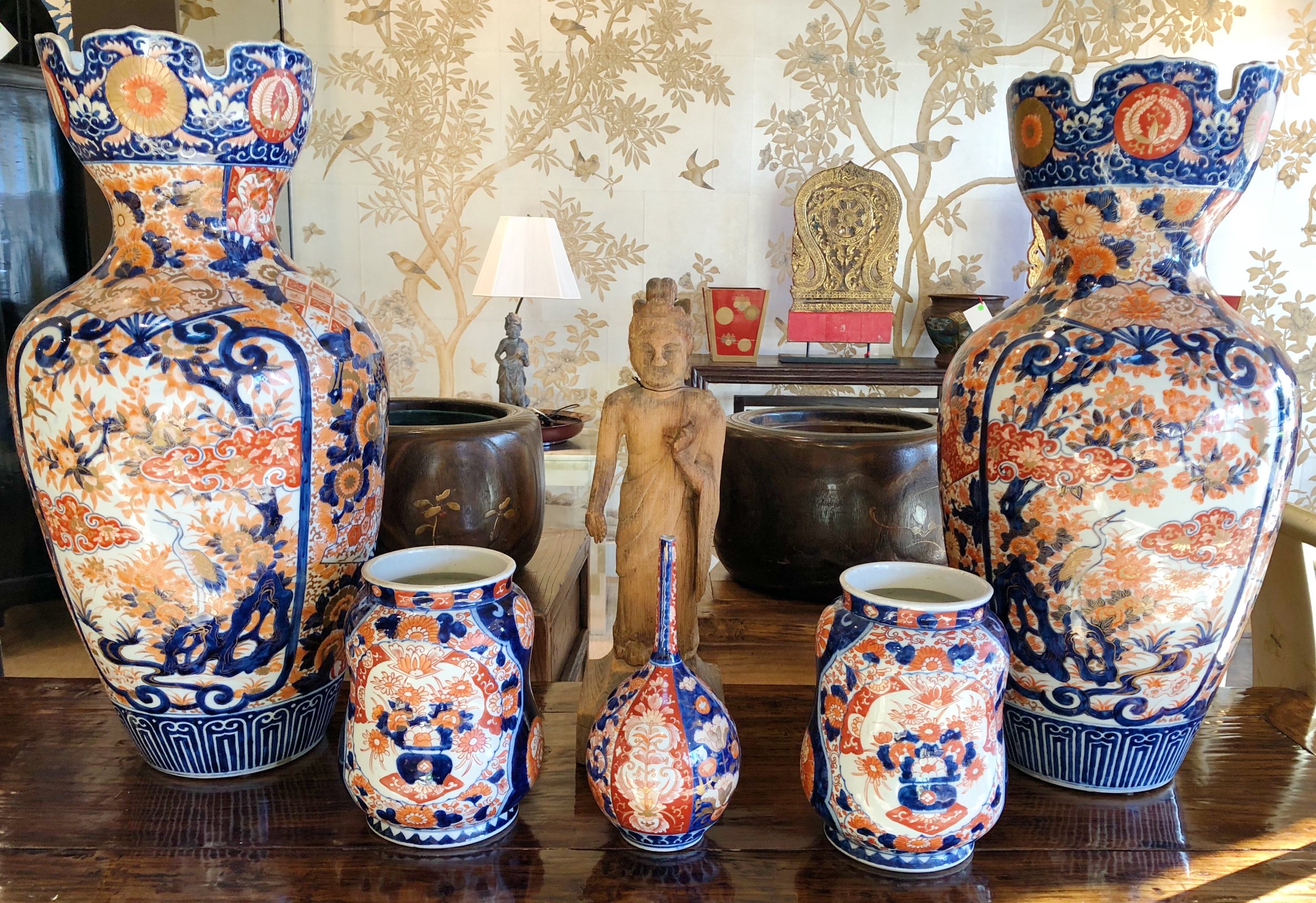Get Started Collecting American Antique Furniture
Given the popularity of contemporary interior design, it might seem like now would be a odd time to start collecting antique furniture. Many new homeowners in Dallas are choosing to sell their family heirlooms and start over with brand new, factory-made furnishings. However, it is actually because of this downward trend in antique collecting that savvy collectors are finding amazing deals.
American antiques, which are the most valuable and collectible in the world, are selling for historically low prices. If you've long admired the craftsmanship of antique furniture, but feel like you need a degree in art history to navigate the marketplace, this guide can help you get started.
Why Buy Antiques?
Since 1890, furniture in America has been made by factories rather than by hand. If you want handmade furniture that was built to last generations, you'll want to buy antiques. These days you can potentially get a high-quality antique with a unique patina and character for the same cost, or less, than you would pay for a mass-produced piece with a "distressed" finish.
Because design trends run in cycles, it's likely that these low prices for antique furniture won't last forever. The popularity of different kinds of furniture also fluctuates over time. For example, in the past ten years many kitchens were designed with an "open" plan, connected to dining and sitting areas. This made formal dining room sets less desirable. However, more recently we are seeing separate dining rooms come back as homeowners decide they don't want their guests to see dishes piling up near the sink.
Learning about American Antiques
The American antique period starts in the mid-1600s, with very simple and utilitarian furniture, and ends in the late 1800s with the Aesthetic Movement. An antique is by definition at least 100 years old, so any furniture created after this period would be referred to as "vintage" instead of antique. Since America is a "young" country with only 300 years’ worth of handmade furniture to go around, American antiques tend to command higher prices than European or Asian antiques.
Periods of American furniture:
William and Mary:
Produced from 1680 to 1730.
Named after William III of Orange and Mary II, the co-regents of England in the late 1600s.
Usually made of maple, pine, oak or walnut woods. These early pieces of American furniture were characterized by a Baroque look with intense curves and turnings.
Queen Anne:
Produced from 1730 to 1760.
Named after Queen Anne of England.
This era saw the introduction of the cabriole leg. Other features of this style include decorative shells, scroll shapes, and curved chair crests.
Chippendale:
Produced from 1755 to 1780.
Named after Thomas Chippendale, who published a book of furniture designs called The Gentleman and Cabinet-Maker’s Director.
Chippendale furniture features a lot of carved accents and ball-and-claw feet.
Federal:
Produced from 1780 to 1820, during the Federal period of American history.
This period was inspired by Greco-Roman architecture and featured motifs such as swags, garlands, columns, and urns. The furniture had straight legs, inlays, and simple lines without many carved details.
Classical:
Produced from 1820 to 1840.
Inspired by the French Restoration period.
This is the last period of handmade furniture in America. The furniture often had veneered surfaces with little decoration.
Egyptian Revival:
Produced from 1861 to 1865, which was during the Civil War.
While Federal furniture had taken inspiration from Greece and Rome, now furniture makers were looking back to Egypt.
Sphinxes, obelisks, and pyramids appear as motifs. The combination of black and gold furniture detailing also draws inspiration from Egyptian art.
Renaissance Revival:
Produced from 1850 to 1885.
Inspired by Renaissance architecture.
During this period, you see a lot of walnut wood furniture with square forms, tapering legs, plaques, and medallions.
Aesthetic Movement:
Produced from 1860 to 1890.
The Aesthetic Movement was a wider cultural movement that promoted the idea of “art for art’s sake.” According to aesthetes, not all art needed to be functional and utilitarian.
Aesthetic furniture features simple lines, marquetry, and inlays. Often these pieces were painted black and had brightly colored detailing, calling to mind lacquered goods from Japan.
Buying antiques as an investment
If you're buying antiques as an investment, spend your money on a few high-quality antiques rather than on a large collection of inexpensive pieces. Antiques will always rise and fall in value. But when prices fall, the value of high-quality pieces will be affected the least. Also, remember that it could be at least 10 years before your prized antique appreciates in value significantly. So make sure to buy pieces you will actually use, or at least enjoy looking at in your home.
When an appraiser evaluates a piece, he or she assesses how close the item is to its original condition, its provenance (history of ownership), size, rarity, and quality of construction. Contrary to what you might expect, most antique collectors desire an aged and well-used surface to a refinished one. It's a furniture's patina that gives it character and history, so even a cracked and fading paint job is preferable to stripping the original paint away.
Refurnished pieces sell for much lower, even if the repairs were necessary or desirable. For example, new feet on a desk can reduce its price by half or more. If you're not buying to invest, and just want an antique you will enjoy for its own merits, you can get very nice refinished furniture for very low prices.
Keeping Antiques
Many collectors today mix and match antiques from different periods. You can easily bring these antiques together by choosing matching wood tones. Small antiques should be grouped together as a collection, rather than scattered throughout the house.
If you want to keep an antique in the best condition, research the best ways to take care of its wood and finish. Beeswax is considered the best polish for antique wood. Carefully dust the piece-preferably with a soft cloth or brush rather than a feather duster-- before applying any polish. If a piece of the antique breaks, hold onto it until you can find a repairer to restore the piece for you.
A professional interior designer with experience in traditional design can help connect you with respectable antique dealers in Dallas. At Chambers Interiors, we have our own collection of antiques for sale, and we also offer private antique buying trips to Europe. Whether you're interested in American antiques or those from the Old World, an interior designer is a valuable resource for locating the best pieces at the best prices. Call our Dallas office at 214-651-7665 or email us at info@chambersinteriors.com for more information.
Related Articles:

